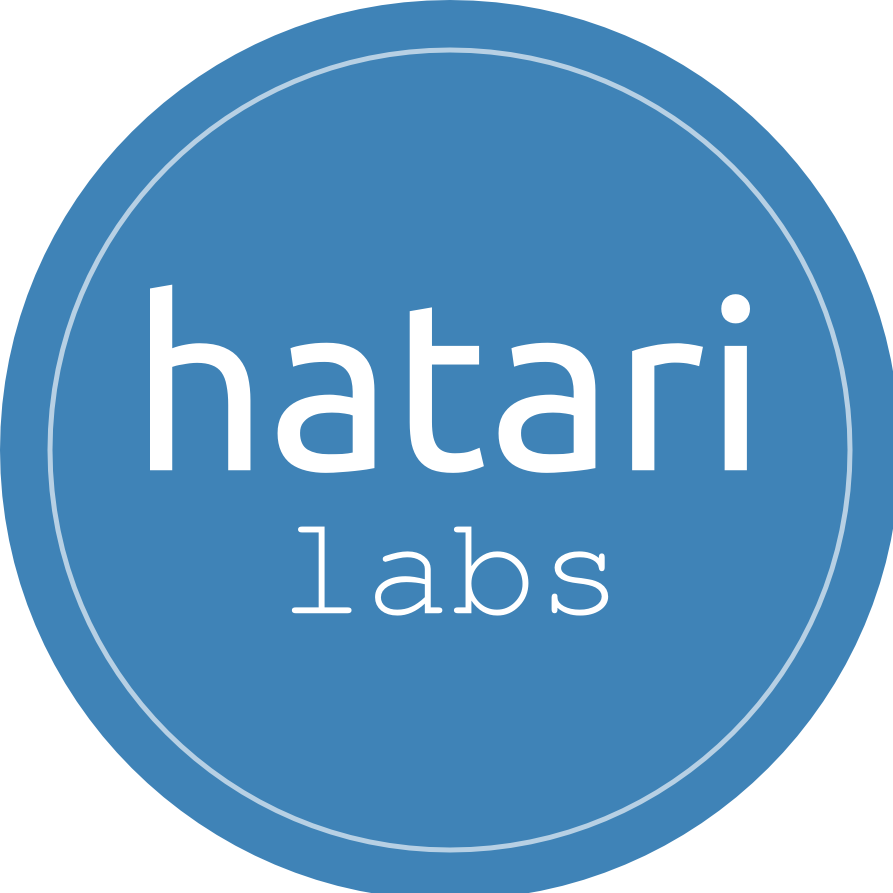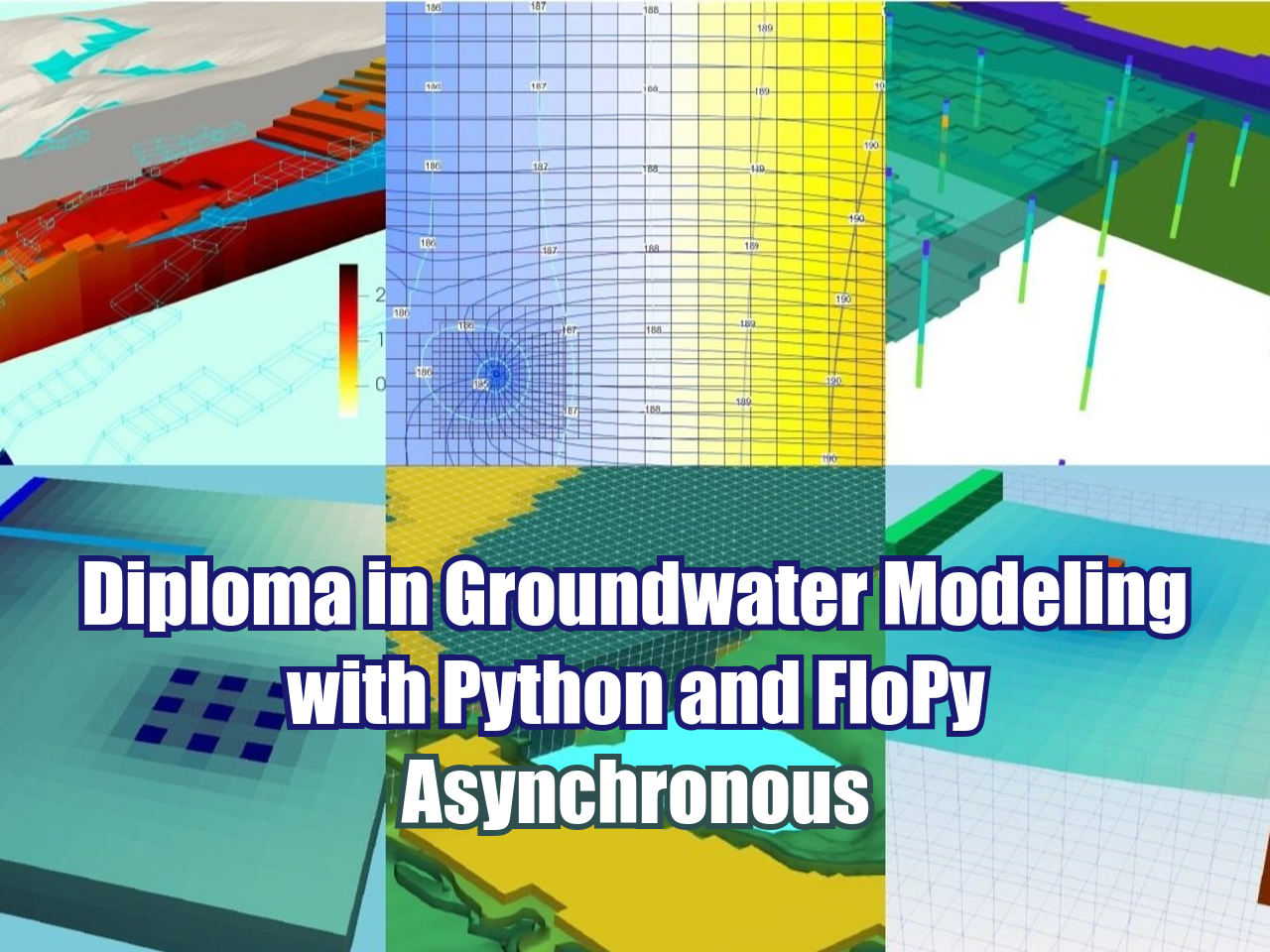FloPy is the Python library that builds and executes MODFLOW models; this library has been enhanced to provide full support of MODFLOW 6 with most of its recent development is related to functionality for MODFLOW 6, tools to use vector and raster spatial data and common plotting and export functionality.
Python is a simple and powerful programming language; its simplicity is remarkable compared to other programming languages and its power is based on the number of tools available for different areas of study.
We have developed a complete program on groundwater modeling with MODFLOW and FloPy that ranges from the essential topics in Python to applied cases of regional modeling, seawater intrusion and Pest optimization. The program is designed to give the student a methodological approach to learn FloPy based on a series of applied examples coupled by teacher insights and review from the software.
Objectives
The student will reach the following objectives based on a hands-on learning approach through understanding simple to complex concepts:
- Use Python as a tool to import, create, run MODFLOW models
- Develop a knowledge on the most basic concepts of Flopy
- Manage the most popular tools of FloPy library
- Use Flopy on real case escenarios and couple with other Python libraries
Trainer
Saul Montoya M.Sc. – Hydrogeologist – Numerical Modeler
Mr Montoya is a Civil Engineer who graduated from the Catholic University in Lima with postgraduate studies in Management and Engineering of Water Resources (WAREM Program) from Stuttgart University – Germany with a mention in Groundwater Engineering and Hydroinformatics. Mr Montoya has a solid analytical capacity for interpreting, conceptualizing and modeling the surface and underground water cycle and their interaction. He is in charge of the numerical modeling for contaminant transport and remediation systems of contaminated sites. Inside his hydrological and hydrogeological investigations, Mr Montoya has developed a holistic comprehension of the water cycle, understanding and quantifying the primary hydrological dynamic process of precipitation, runoff, evaporation and recharge to the groundwater system.
Over the last nine years, Saul has developed two websites for knowledge sharing in water resources: www.gidahatari.com (Spanish) and www.hatarilabs.com (English), that have become relevant due to their applied tutorials on groundwater modeling, spatial analysis and computational fluid mechanics.
Methodology / Examination
Mode: Offline – Asynchronous
Some details about the diploma methodology:
- Manuals and files for the exercises will be delivered on our elearning platform.
- The course will be developed by video recorded videos will be available on our elearning platform.
- There is support for questions regarding the exercises developed through the forum/email.
- Video of the classes will be available for 6 months only for students that register by https://shop.hatarilabs.com/
The exams are certification is organized as follows:
- The program has 3 exams that comprise the content of 2 courses.
- Digital certificate available at the end of the program upon the exam approval.
- To receive the digital certificate you must submit the exams.

